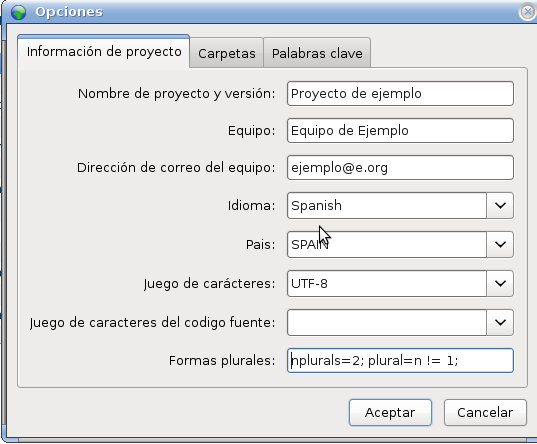

M.2 SSDs support both SATA and PCIe interfaces.

It requires no power or data cables, making installation complete without the need for cable management. M.2 SSDs come in longer modules and with double-sided component population, enabling larger storage capacities within minimal spaces. M.2 provides higher performance while minimizing module footprint. The M.2 form factor was borne out of the need for multiple options for small form factor cards, including SSDs in different sizes and with different capacities, and possibilities for extending capacities even further. However, it is limited by the SATA 3.0 link speed of 6 Gb/s and 1 TB maximum capacity. The mSATA interface used to provide the smallest form factor for SSDs. Though M.2 supports both SATA and PCIe, an M.2 module may only be inserted in either one of the two interfaces, so check your motherboard documentation to make sure that your module fits and works with the corresponding socket on the motherboard.īoth are high-performance SSDs designed for small devices such as laptops and tablets.

As mSATA's "successor," M.2 provides higher performance and capacity while minimizing module footprint.Īn M.2 SSD module is connected to a host either through a SATA interface or via a PCI Express (PCIe) lane. M.2 improves on the mSATA standard, which uses the PCI Express ® Mini Card physical card layout and connectors. M.2 was originally called the Next Generation Form Factor (NGFF), and then formally renamed to M.2 in 2013. The M.2 standard, a specification for internally mounted computer add-in cards, was created to address the limitations of mSATA and provide more options for small form factor cards, including SSDs in different sizes and with different capacities. The Mini-SATA (mSATA) interface, though designed specifically to provide the smallest form factor for SSDs, is limited by the SATA 6 Gb/s link. Serial ATA 3 rd generation interfaces, designed for the much slower mechanical hard disk drives, run with a maximum native transfer rate of 6 Gb/s. Their full capabilities, however, are being hindered or limited by the interfaces they are connected to. Solid state drives (SSDs) released in recent years have become faster and more capable of handling large amounts of data. M.2 SSDs: Big Performance Comes in Small Packages


 0 kommentar(er)
0 kommentar(er)
